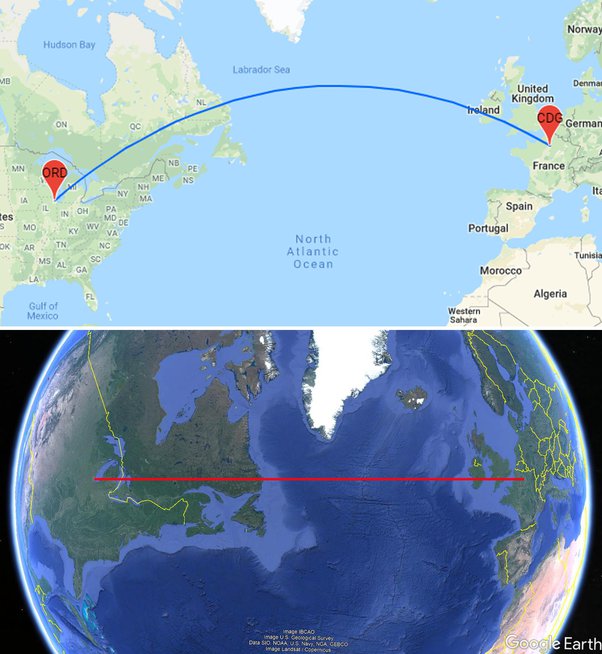"Hi gang, I was wondering, why do planes fly at high altitude even across the oceans, when flying at lower altitudes require covering a shorter distance? Thanks for everything you do and go easy on Clintern. Thanks, Amelia"
Thanks for the question Amanda.
Why do planes fly at high altitude even across the oceans, when flying at lower altitudes require covering a shorter distance?
Being a kilometre above the ground only adds a minuscule 0.025% or so to your travel distance. That's practically nothing. On the other hand, air density drops by about 20% at that altitude. So you're pushing through 20% less air for a negligible increase in distance due to the slightly longer route. Higher altitude is the clear winner for fuel efficiency.
While a straight line might seem the most efficient route, there's a compelling reason planes favour the skies: fuel efficiency.
Here's why high-altitude flying trumps shorter, lower-altitude journeys:
-
Thinner Air, Less Drag: As a plane climbs, the air becomes thinner. This translates to less air resistance, or drag, on the aircraft's wings. Less drag means the engines don't have to work as hard to maintain cruising speed, resulting in significant fuel savings.
-
Jet Stream Advantage: High above the weather, planes can often tap into the jet stream, a fast-moving current of air circling the globe. By utilising these tailwinds, planes can significantly reduce their flight time and burn less fuel.
-
Smoother Skies: Higher altitudes offer smoother air compared to the turbulence often encountered closer to the ground. This translates to a more comfortable journey for passengers and reduces wear and tear on the aircraft.
While the idea of a slightly curved path over an ocean might seem like extra distance, the fuel savings gained at high altitudes far outweigh the negligible increase in distance travelled. For instance, flying at 10,000 metres (33,000 feet) compared to 3,000 metres (10,000 feet) can result in fuel savings of up to 20%. This translates to significant cost savings for airlines and a reduced environmental impact.
So, the next time you're a passenger on a long-haul flight, remember, the seemingly circuitous route high above the clouds is actually the most efficient way to get you to your destination – all thanks to the wonders of aerodynamics and fuel optimisation.
You’ve come this far…
Why not venture a little further into A.S.S. - our exclusive Australian Space Society.
And keep thrusting Australia into the deep unknown…
#Space_Aus





